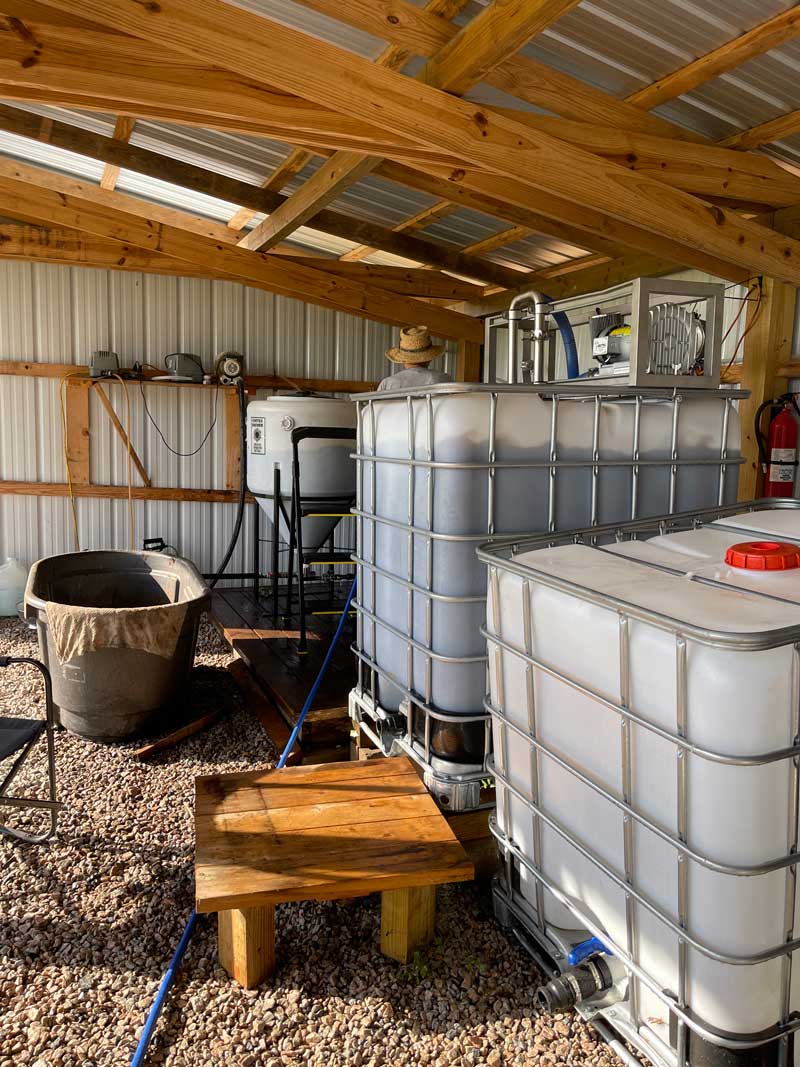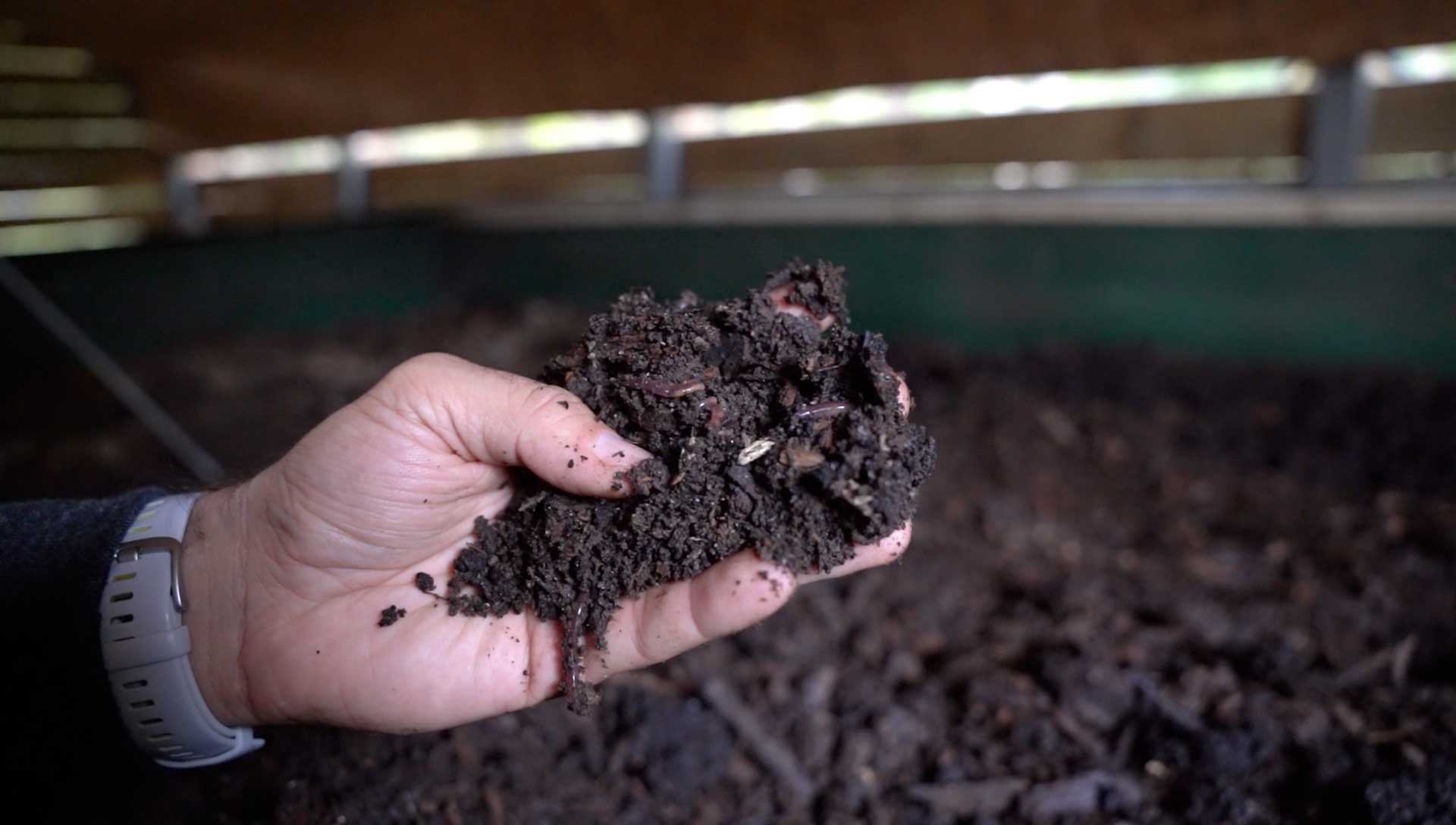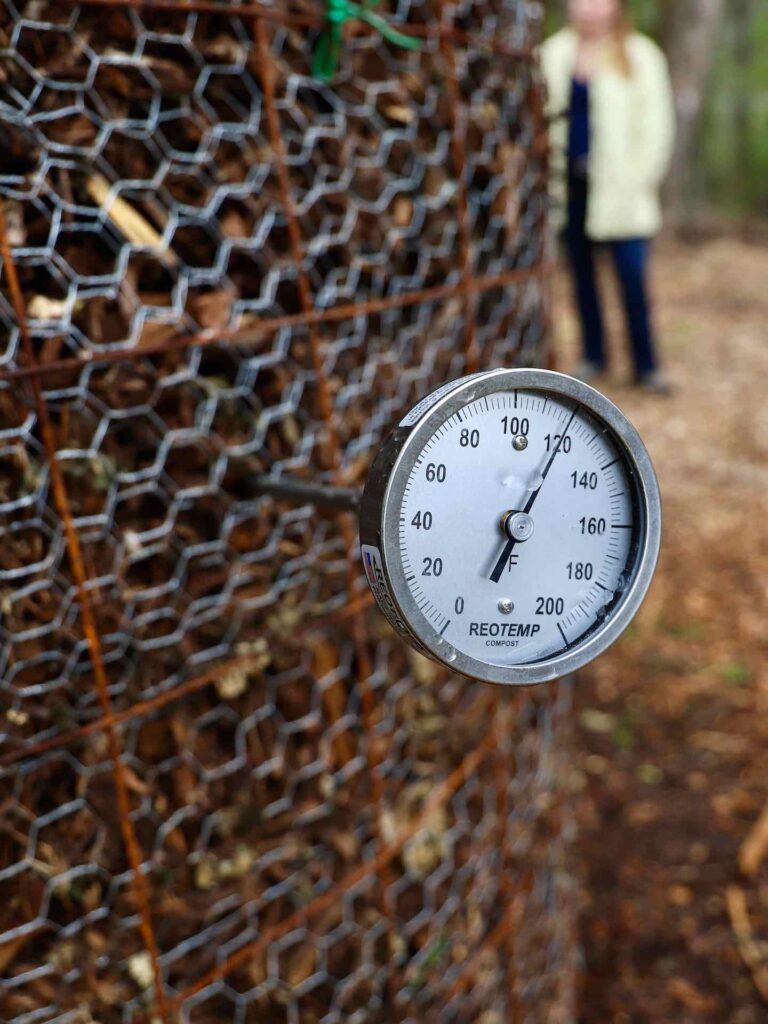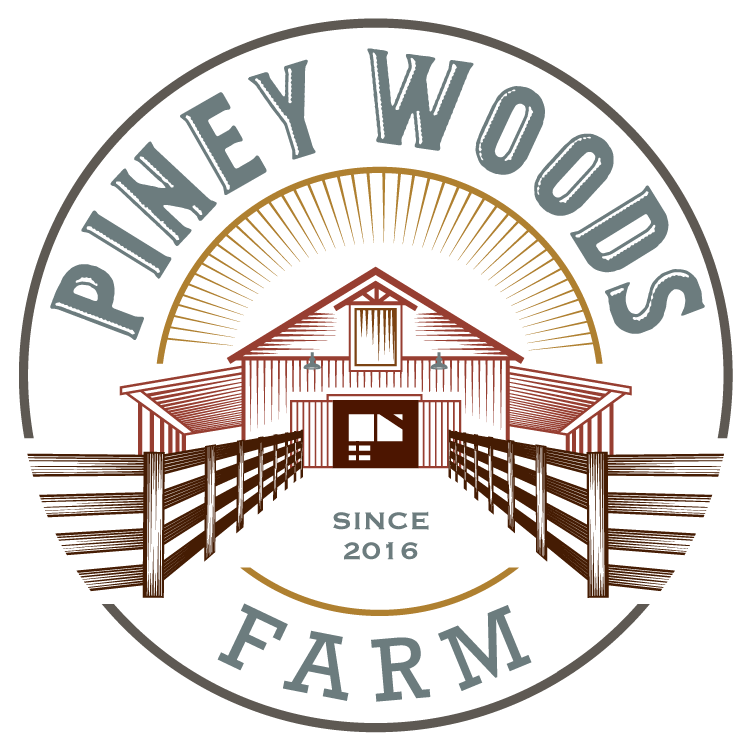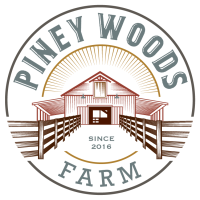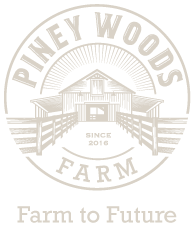Farm Fertility Center
How do worms and compost compliment each other?
Worms and the worm reactor, creating vermicompost, are the heart of the farm here at Piney Woods. Without the help of our vermicompost, the exhausted cottonland wouldn’t be the regenerative farm it is becoming today! The Johnson-Su, Static Piles, Thermophilic piles, and other composting methods the farm uses, produce the microorganisms needed for healthy, fertile soil. However, Vermicompost is the most effective and valued compost in our regenerative agriculture practice.

Worm Vermiculture The use of worms, Red Wigglers, are an integral part of the cycle of life and production here at Piney Woods Farm. When kept in a controlled environment and fed a calculated diet, a worms’ digestive system creates the most nutrient rich compost used in regenerative, organic farming. Vermicompost provides a microbe-rich environment for plants, resulting in more nutrient-rich foods for the communities and less harmful effects on the environment.
To The Compost Center!
After compost is inoculated and analyzed under a microscope and determined to be fertile, live soil (active with micro-organisms like beneficial bacteria, fungi, protozoa, nematodes and more), vermicompost and other organic compost is taken to the Compost Center to be put to work on the farm in the form of a tea or extract.
Equipment
Piney Woods Farm has four compost brewers for various approaches to applying the microbes derived from the compost into the soil. The chambers of each tank hold the vermicompost recovered from the Worm Reactor and the compost from our other compost methods. The brewers and bubblers work to obtain the organic microorganisms. They preserve and grow them to increase the soil’s beneficial microbial organisms.
